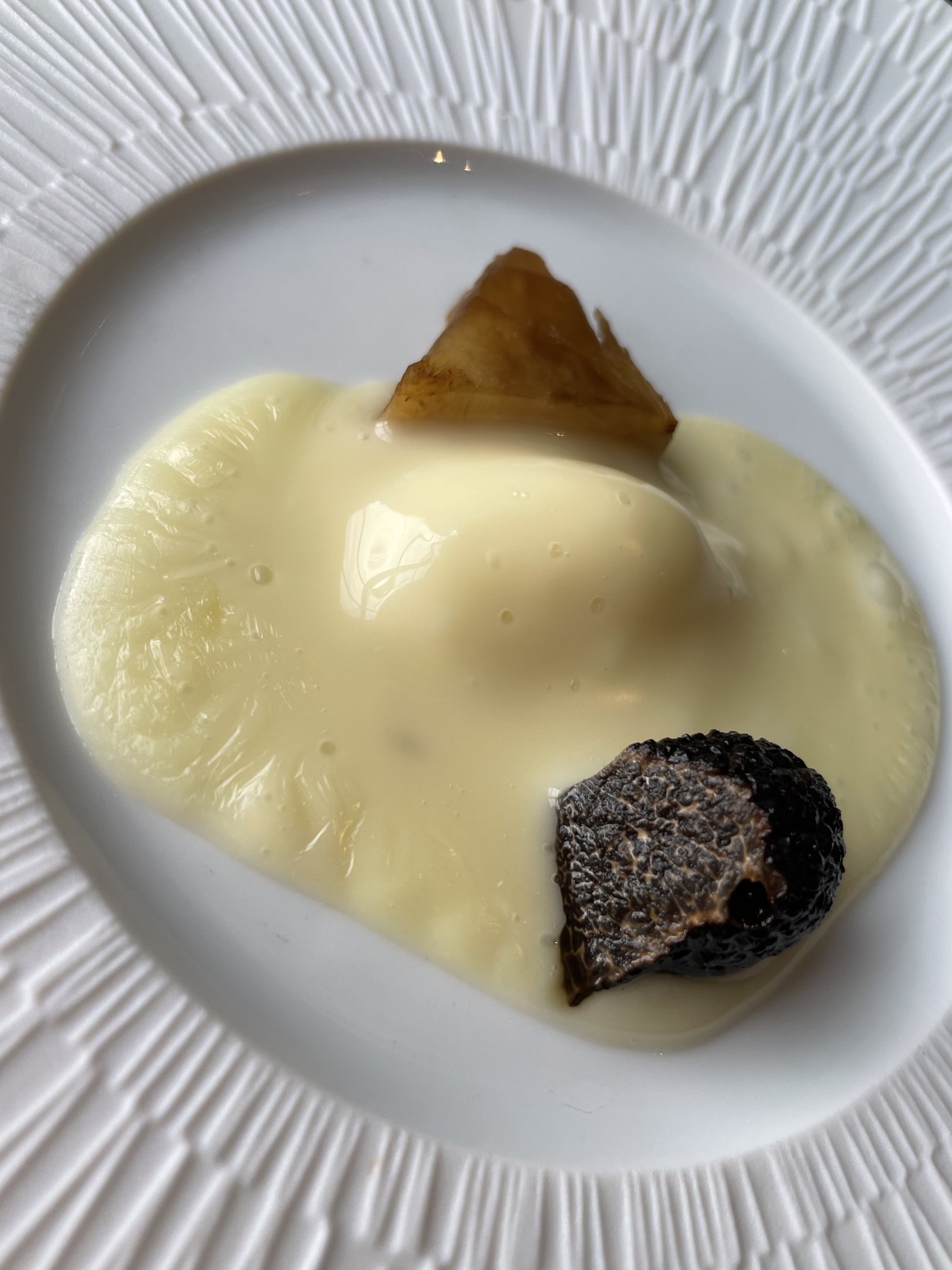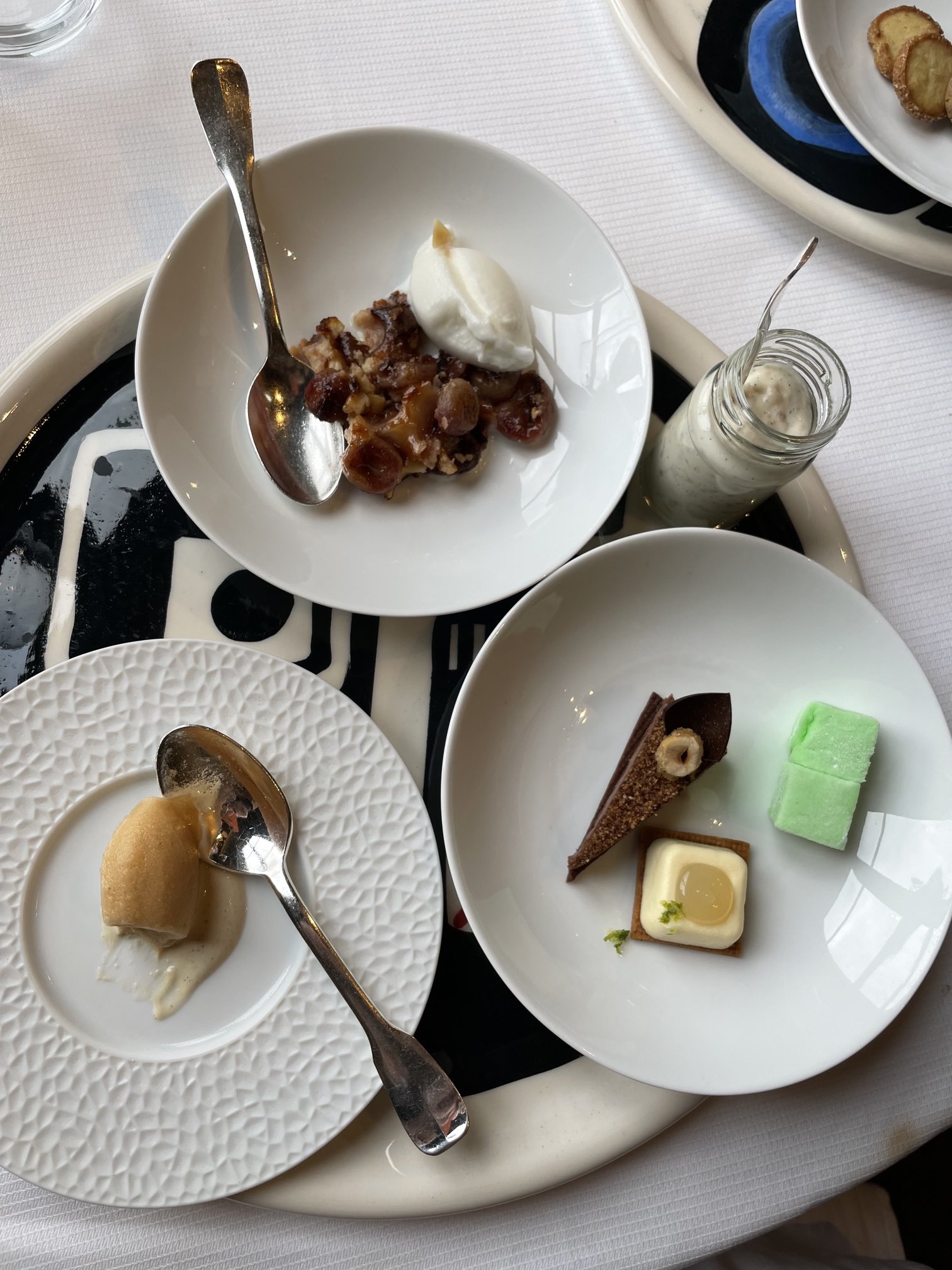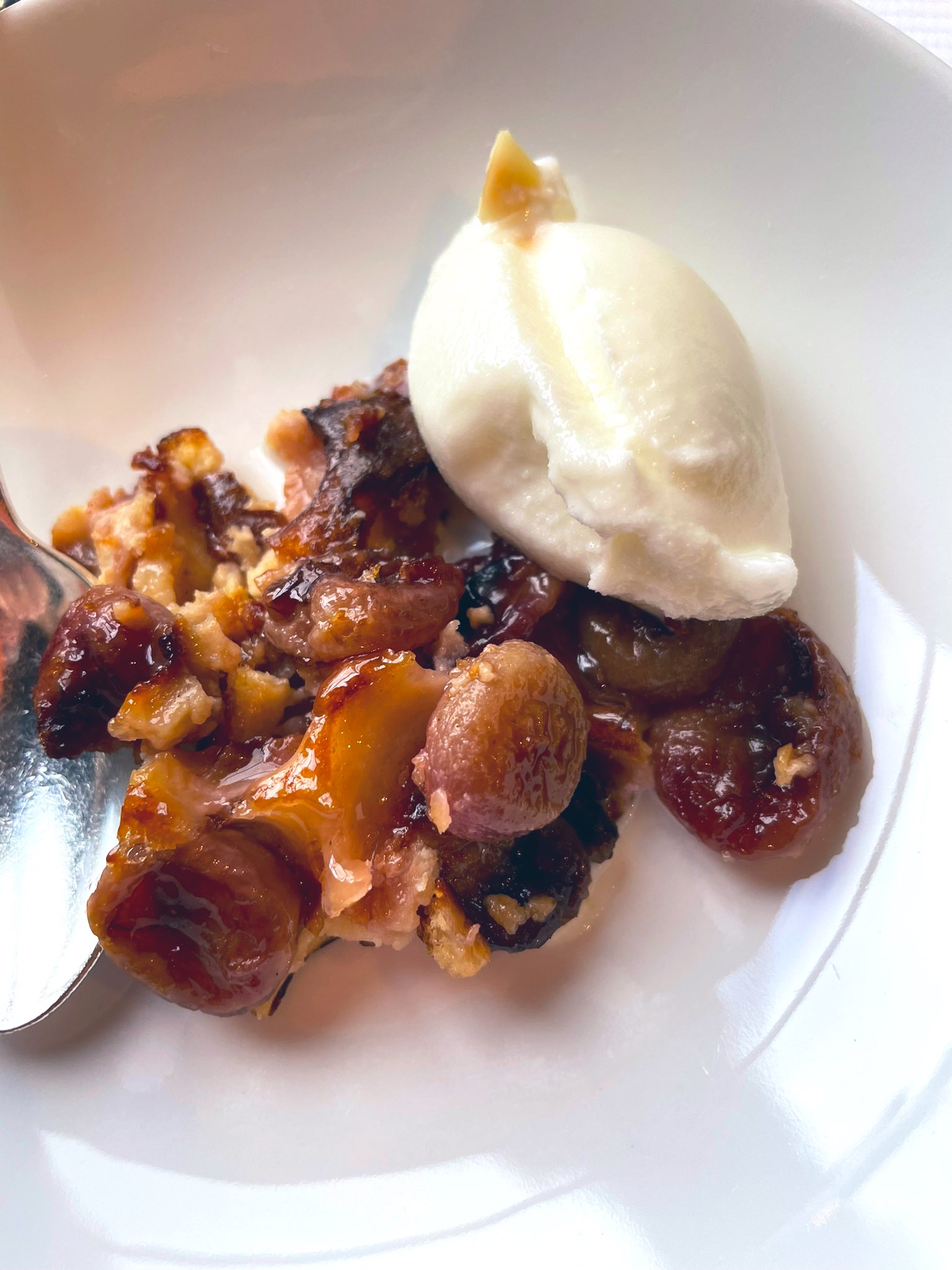Ed. note: Every week we get e-mails, DMs, texts, etc. asking for our favorite (fill in the blank) __________, steakhouse, sushi, dim sum parlor, high falutin’ French, you name it. We’re always happy to send advice along, but none of those make us think the way Jessica recently did:
Dear Mr. Curtas,
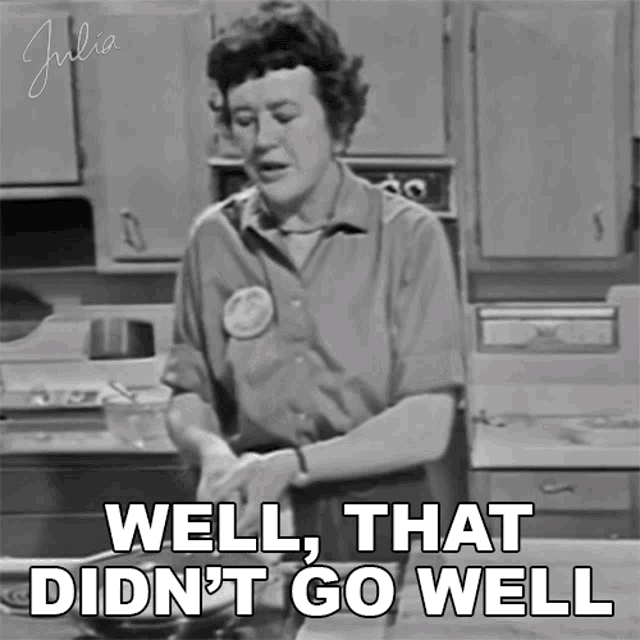 (Mr. Curtas’s less-than egg-cellent TV career hit a snag when they discovered he had a face made for radio)
(Mr. Curtas’s less-than egg-cellent TV career hit a snag when they discovered he had a face made for radio)
In the beginning, there was nothing insidious about social media platforms. They were convenient and free and immediately brought millions into the world of good food, nutrition, and better eating. In the space of this century they made more knowledgeable consumers out of an entire generation. I called this the Age of the Blogs (2002-2012) and what others have called the “good internet” or the Golden Age of the Internet — when people sought out websites and in-depth information about everything from pizza to politics.
Once Facebook took off though (around 2010), followed in short order by Instagram (in 2014 ) most blogs got plowed under by the sheer mass of two sites where everyone could get their news, info, pictures, and friends without ever having to leave a web page (cf. search engine optimization).

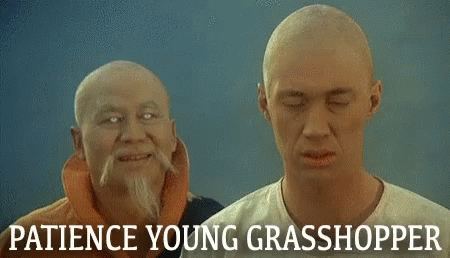



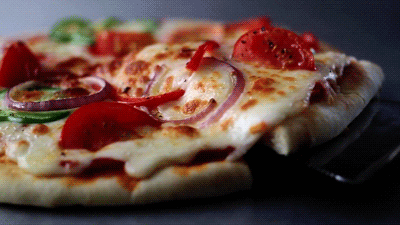


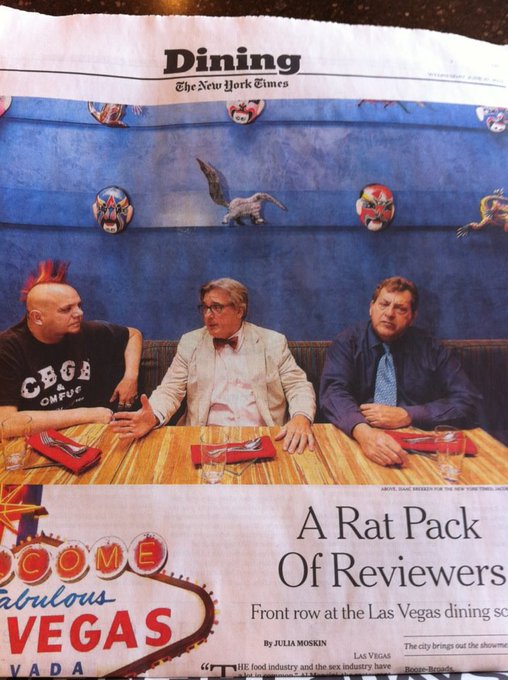 (June 27, 2012)
(June 27, 2012)
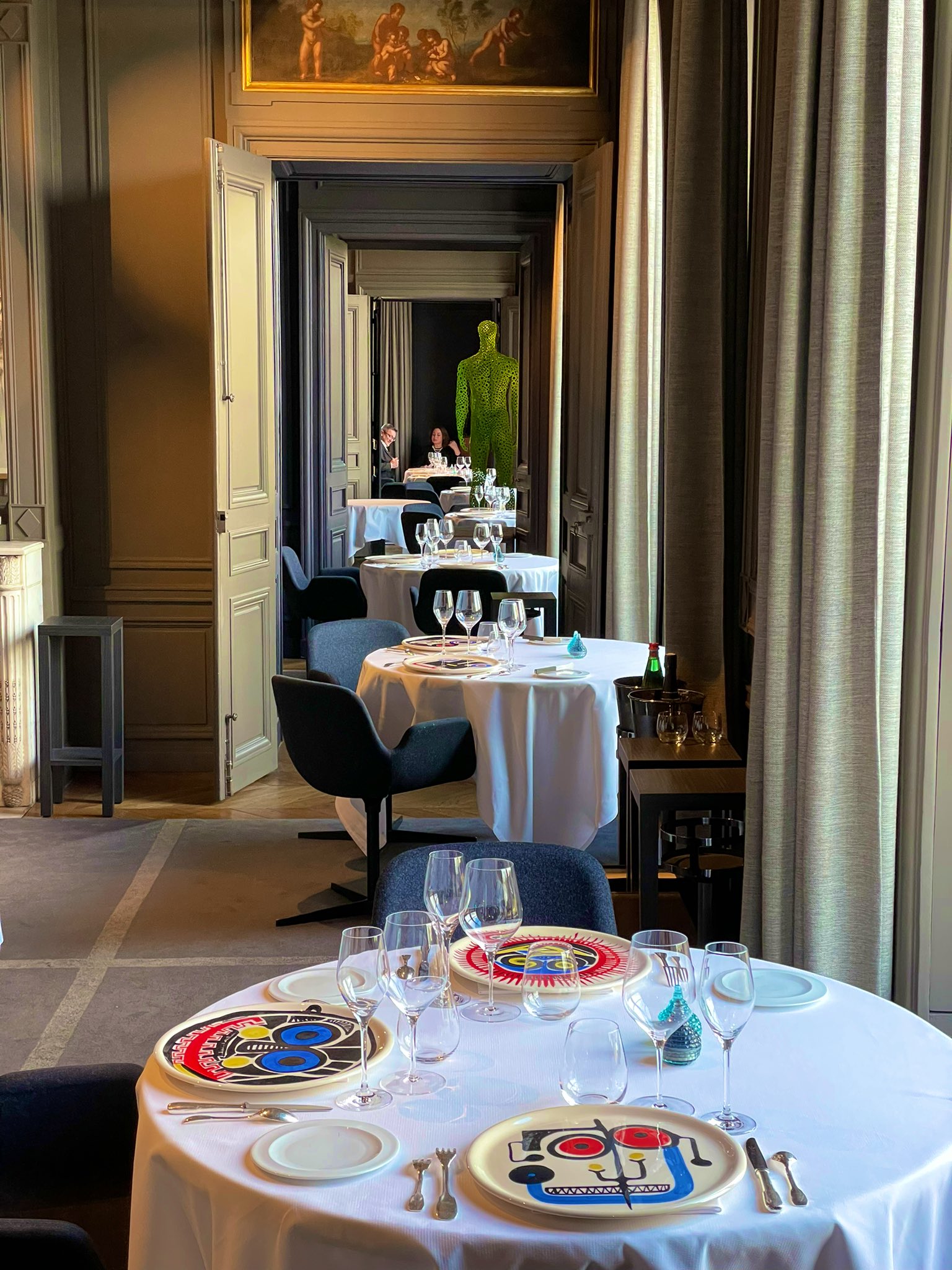 (Restaurant Guy Savoy, Paris)
(Restaurant Guy Savoy, Paris)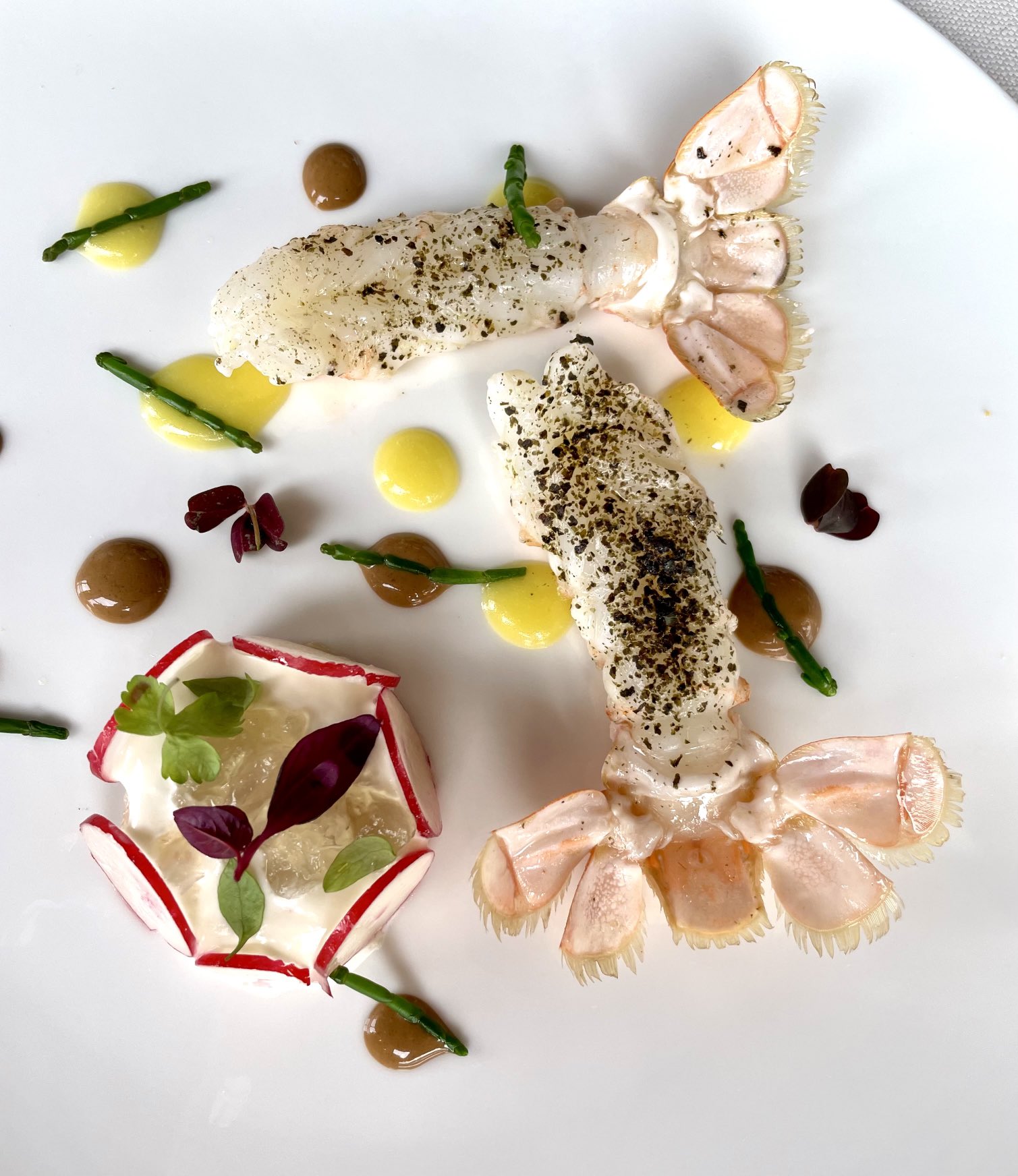 (Surf & Turf: Langoustines au Truffes La Tour D’Argent)
(Surf & Turf: Langoustines au Truffes La Tour D’Argent)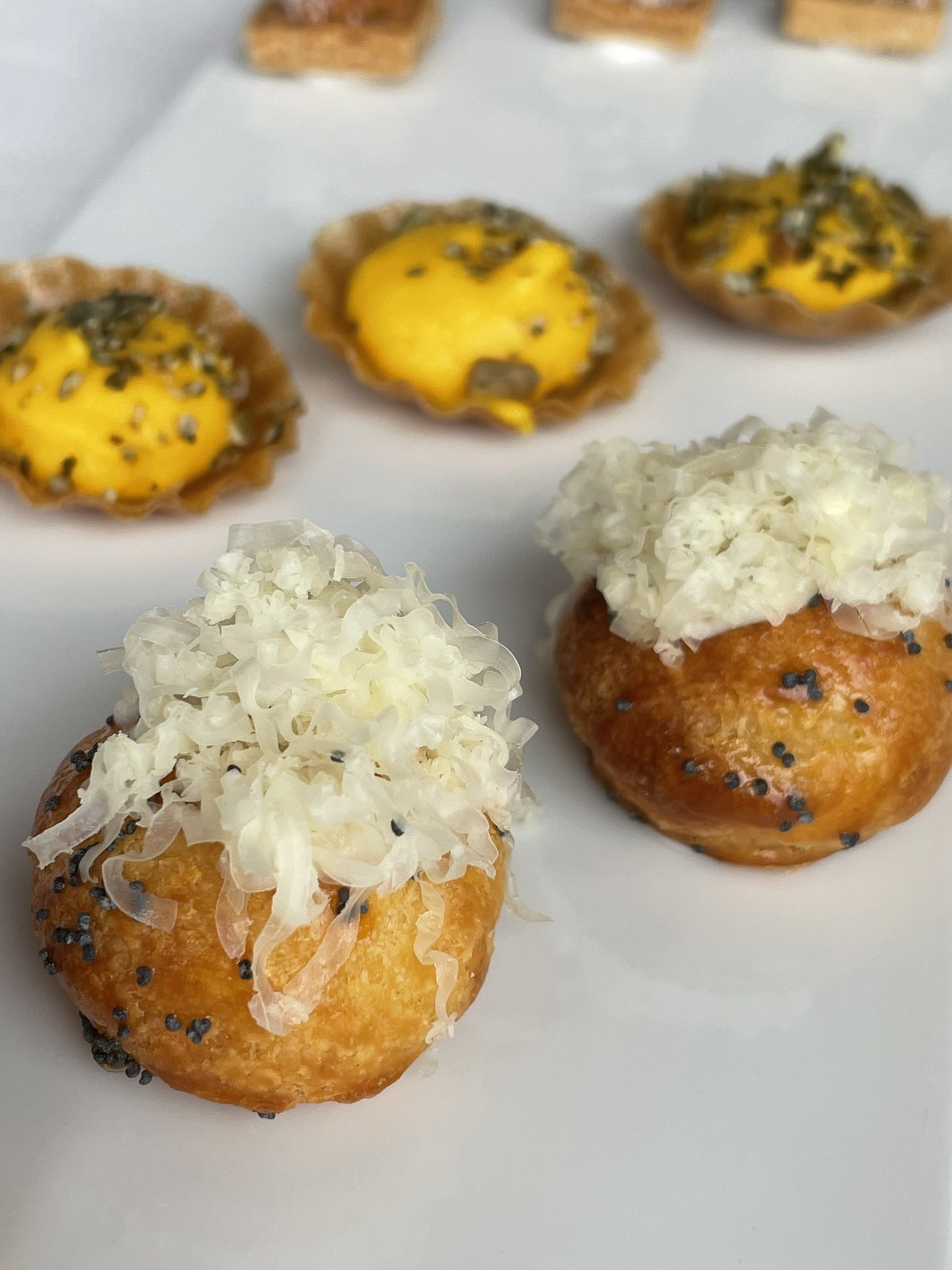 (Gruyère gougeres have been around longer than America)
(Gruyère gougeres have been around longer than America)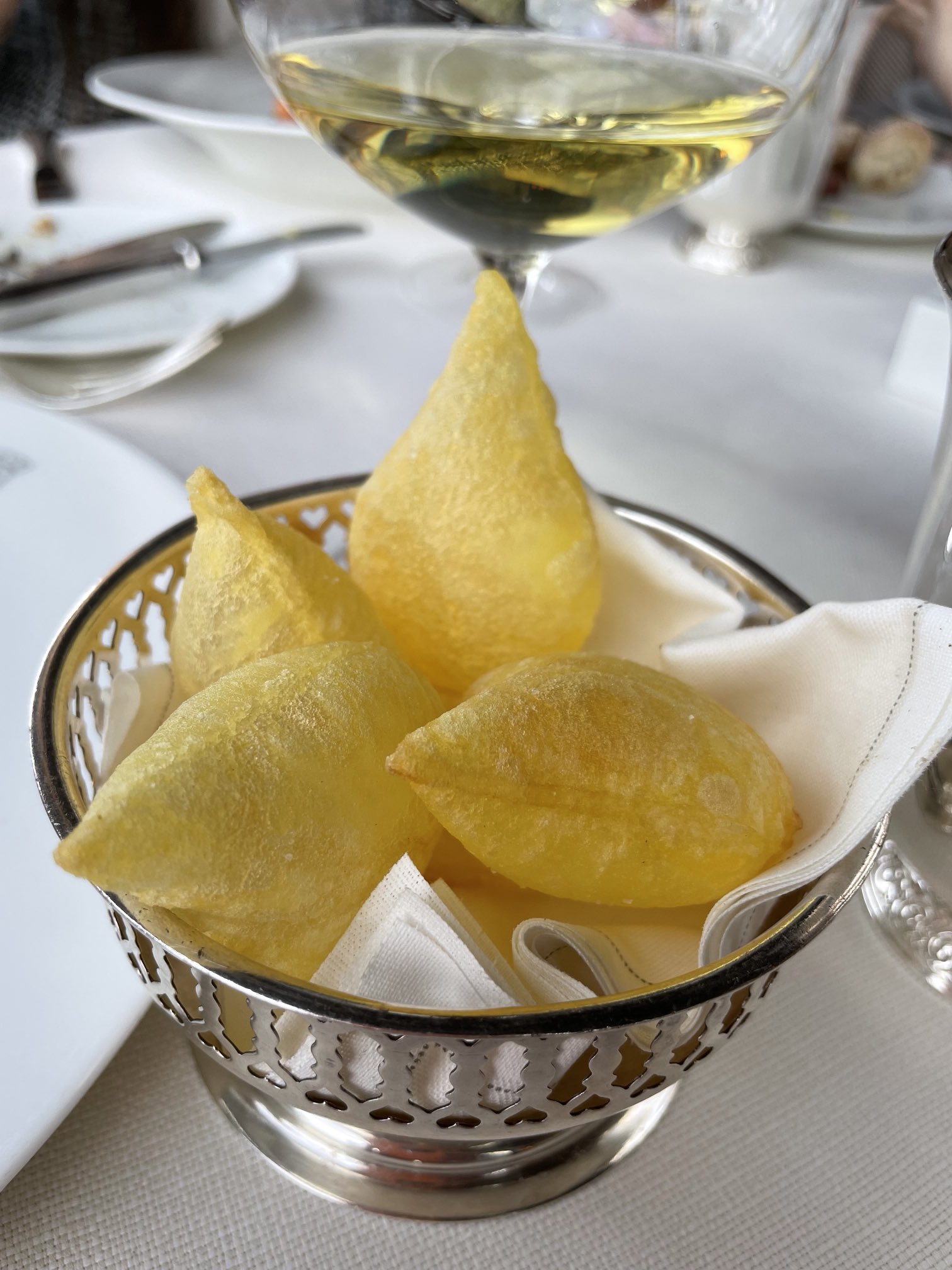 (Early man struggled with the whole pommes soufflé-thing)
(Early man struggled with the whole pommes soufflé-thing)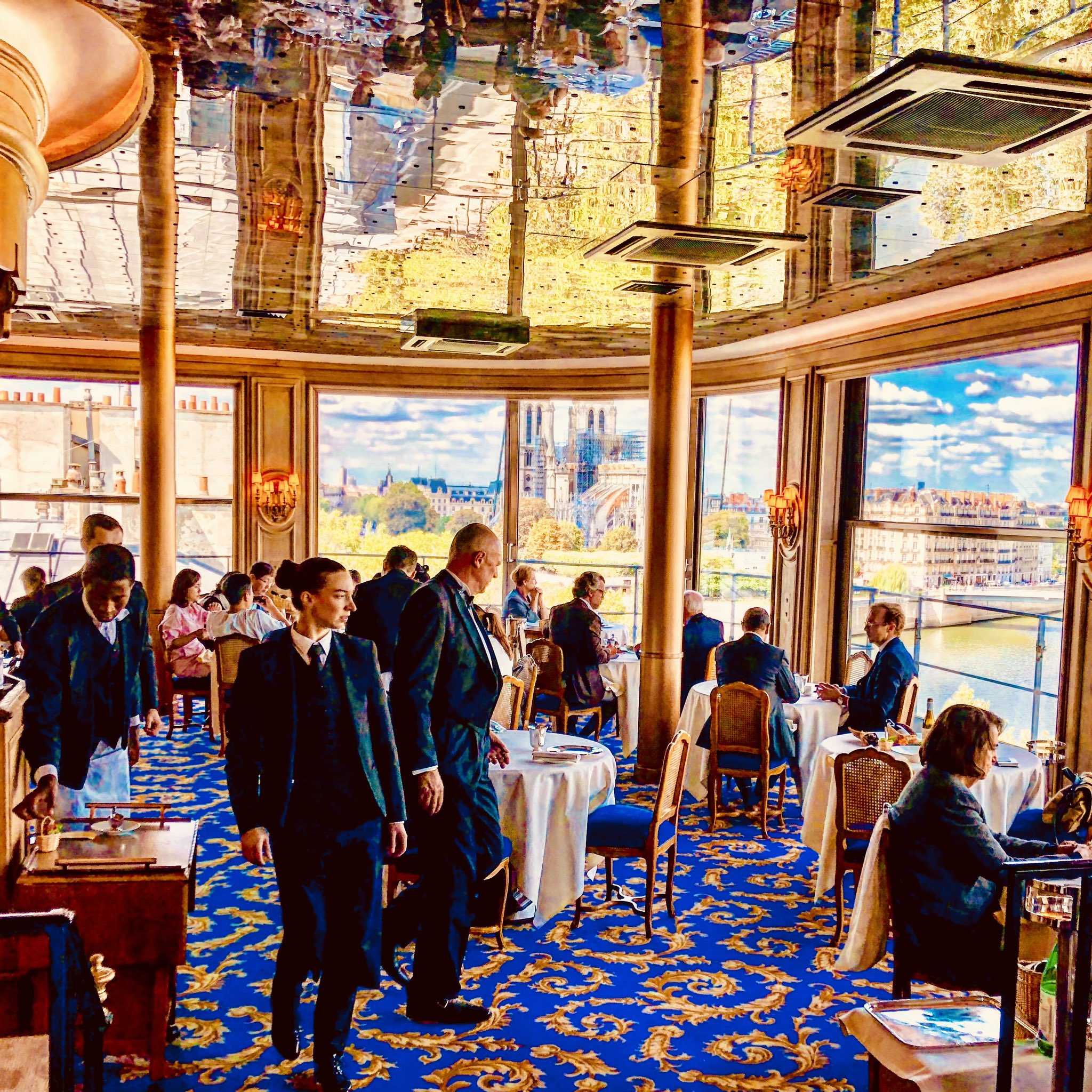


 (Canard au sang with a side of burns, coming right up)
(Canard au sang with a side of burns, coming right up)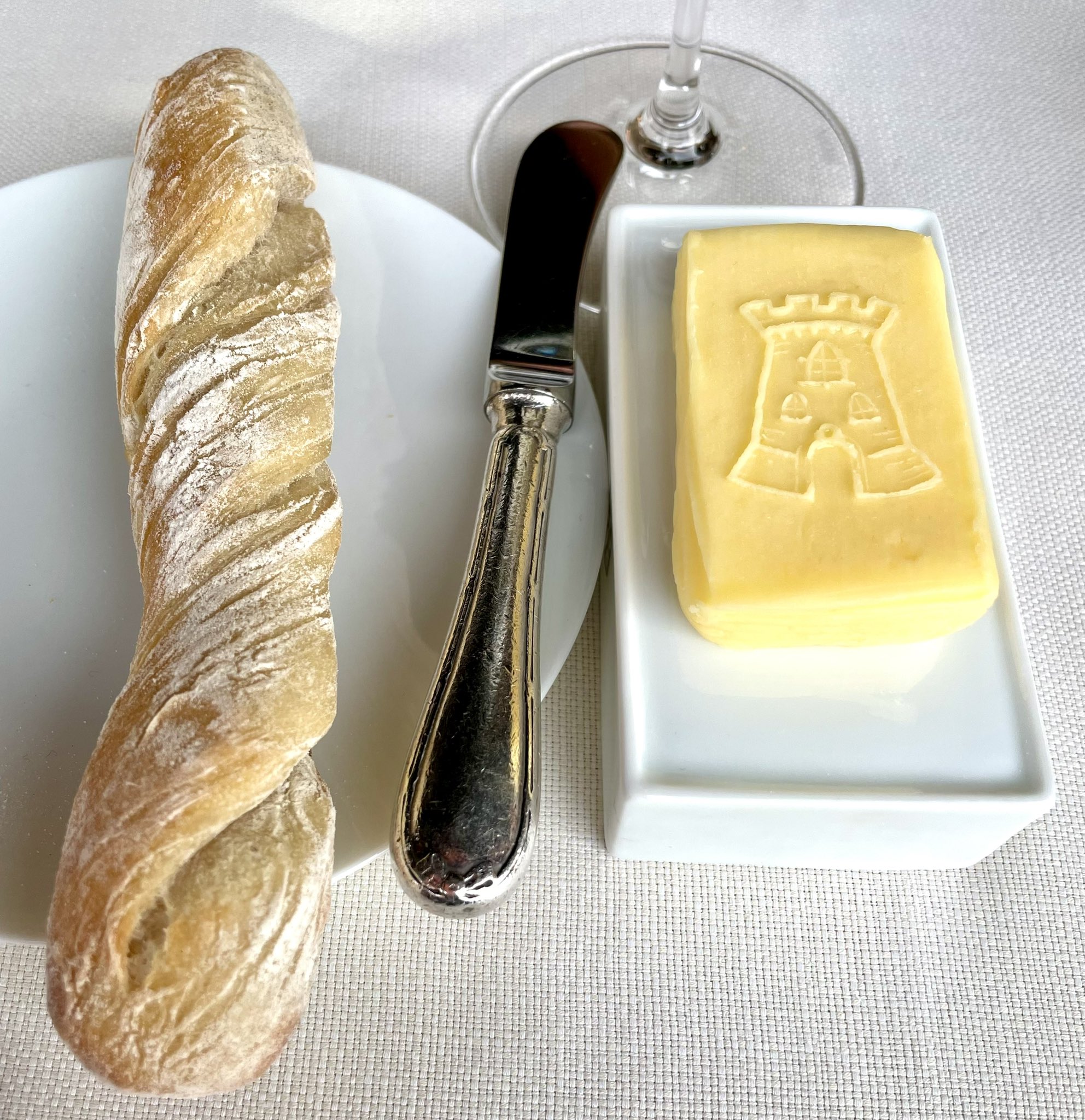 (Face it: you knead this)
(Face it: you knead this)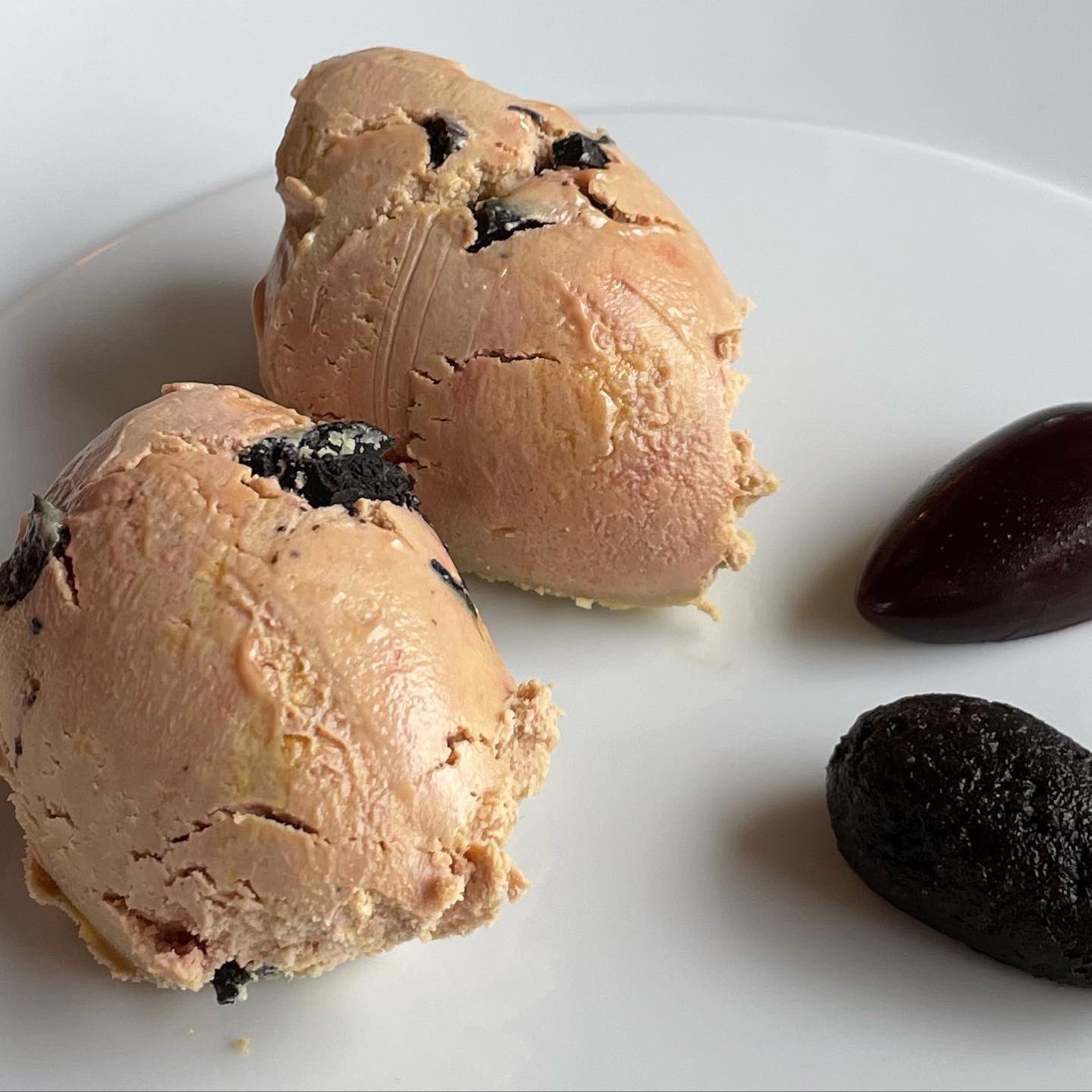 (Home cooking this is not)
(Home cooking this is not)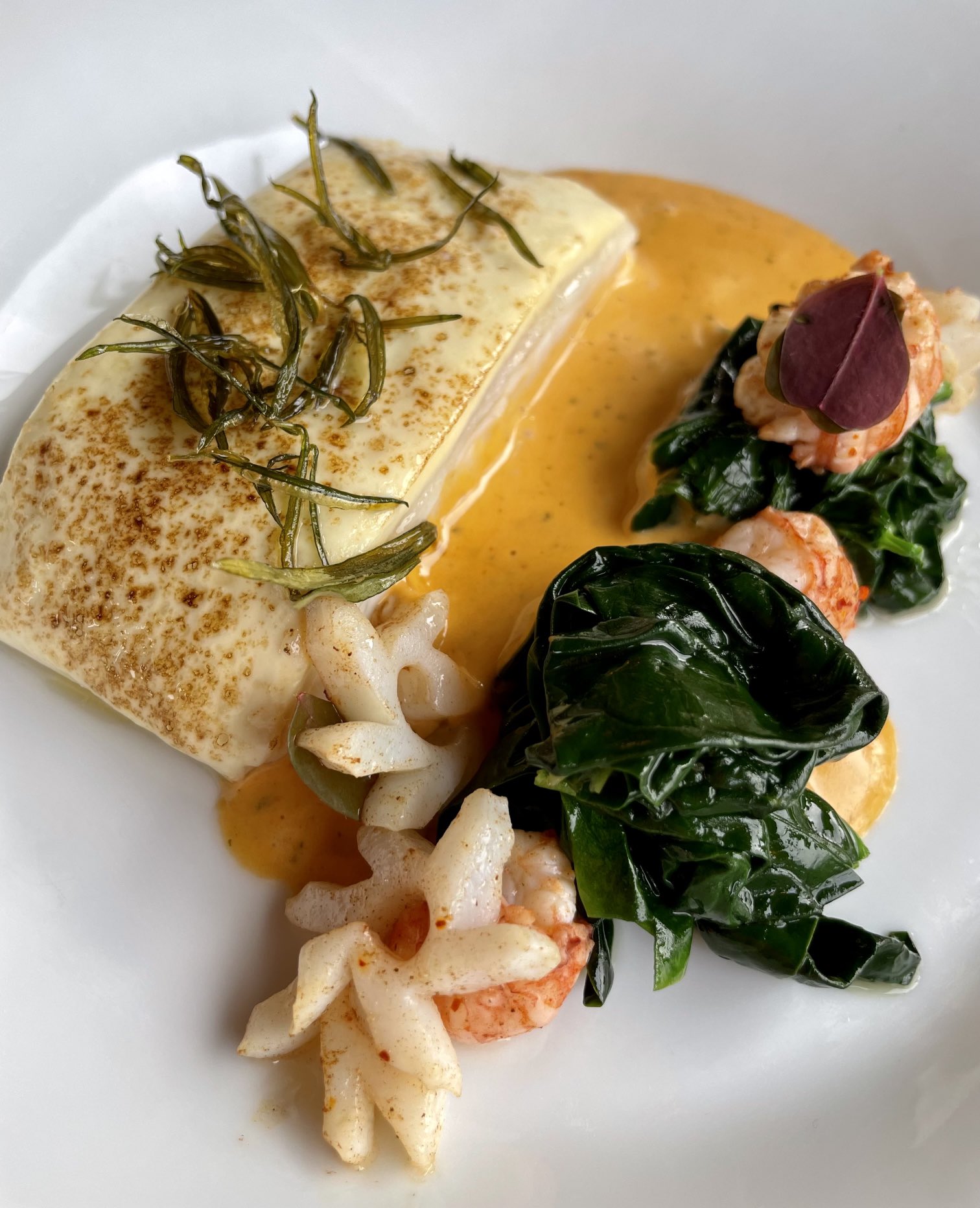
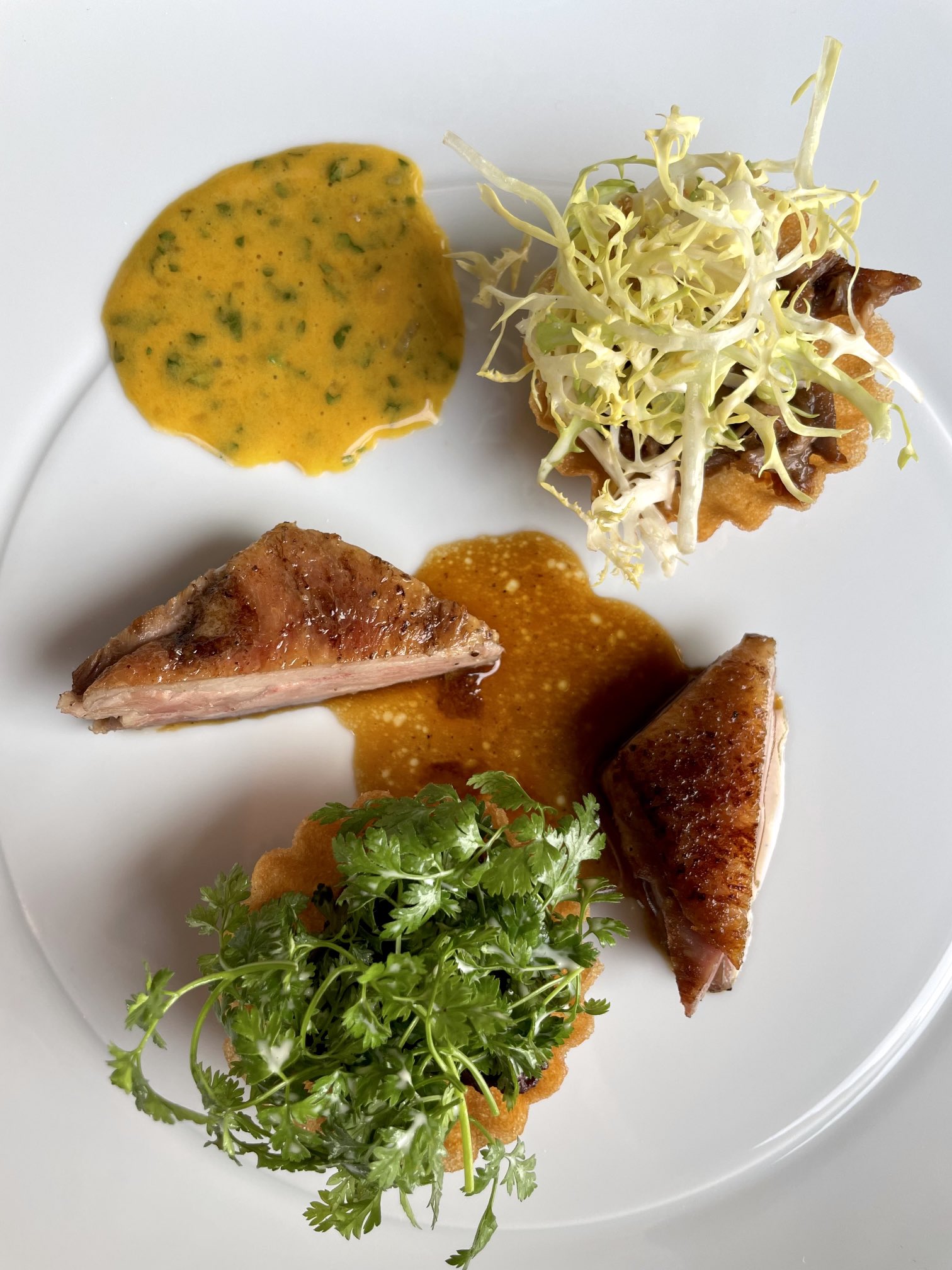 (You can never be too rich or have too much Béarnaise)
(You can never be too rich or have too much Béarnaise) (Not found: 2-Buck Chuck)
(Not found: 2-Buck Chuck)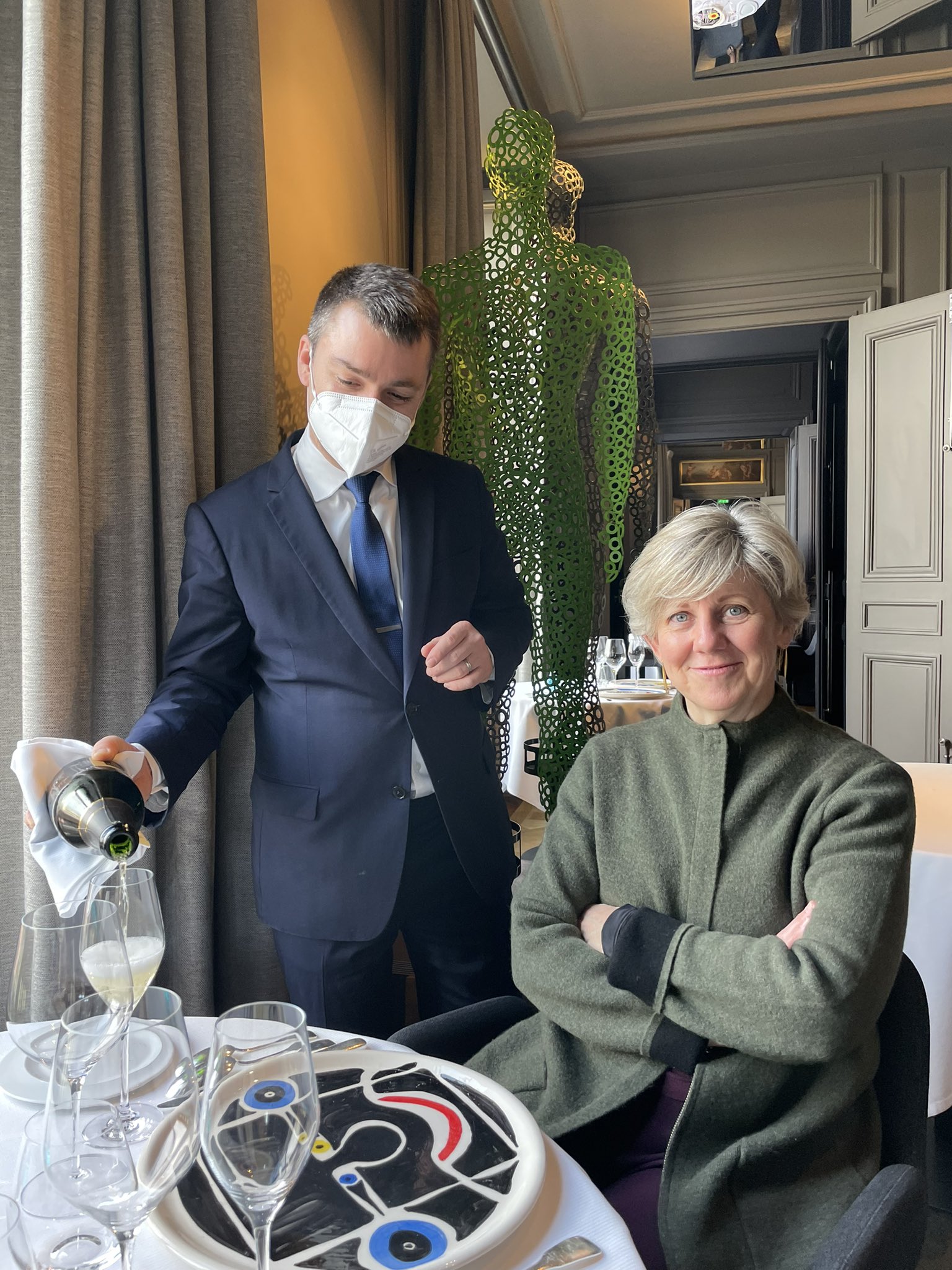
 (Savoy at his stoves)
(Savoy at his stoves)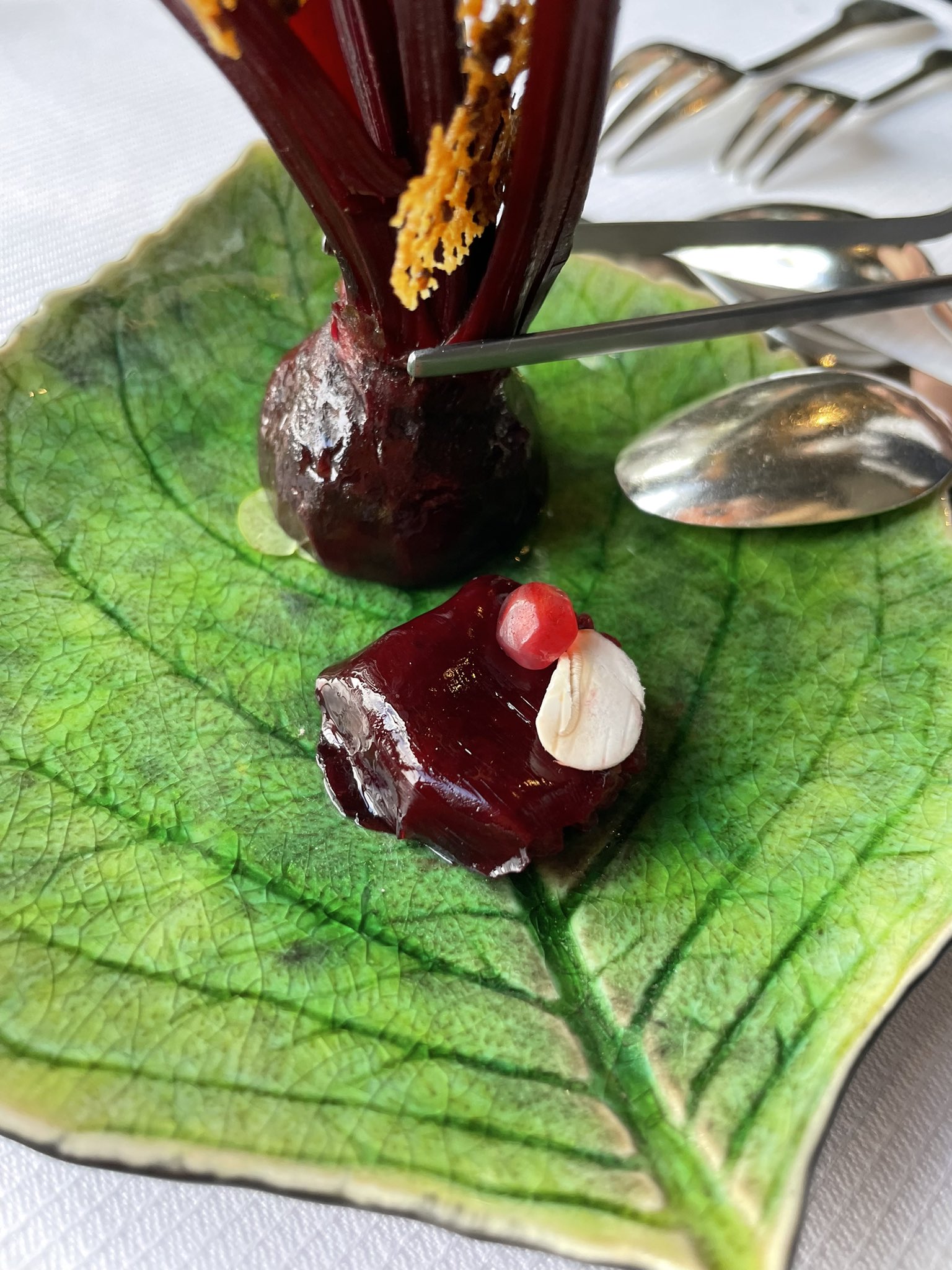 (Savoy heard we hated beets, so he tried to hide them from us)
(Savoy heard we hated beets, so he tried to hide them from us)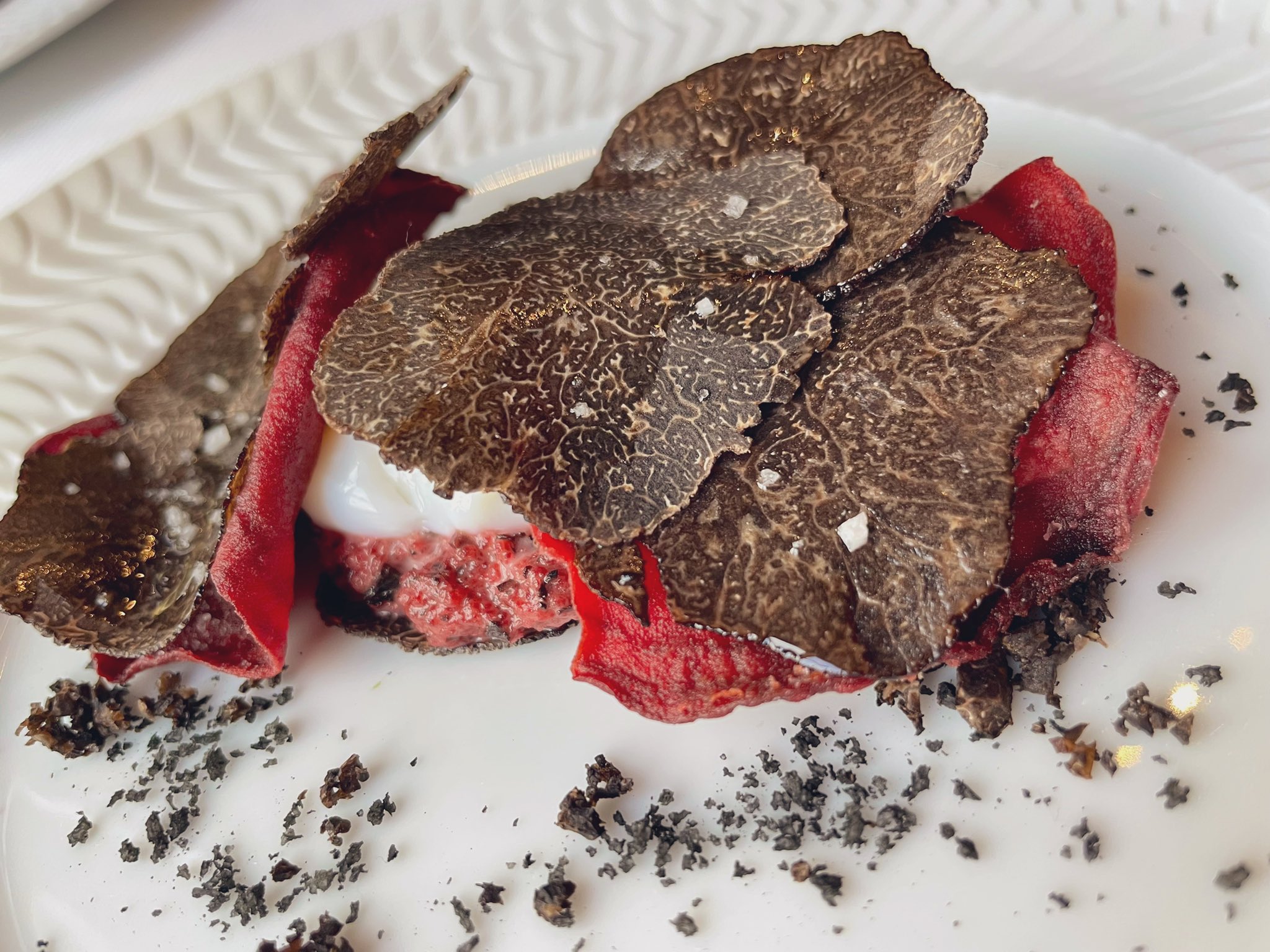 (Beet-i-ful)
(Beet-i-ful)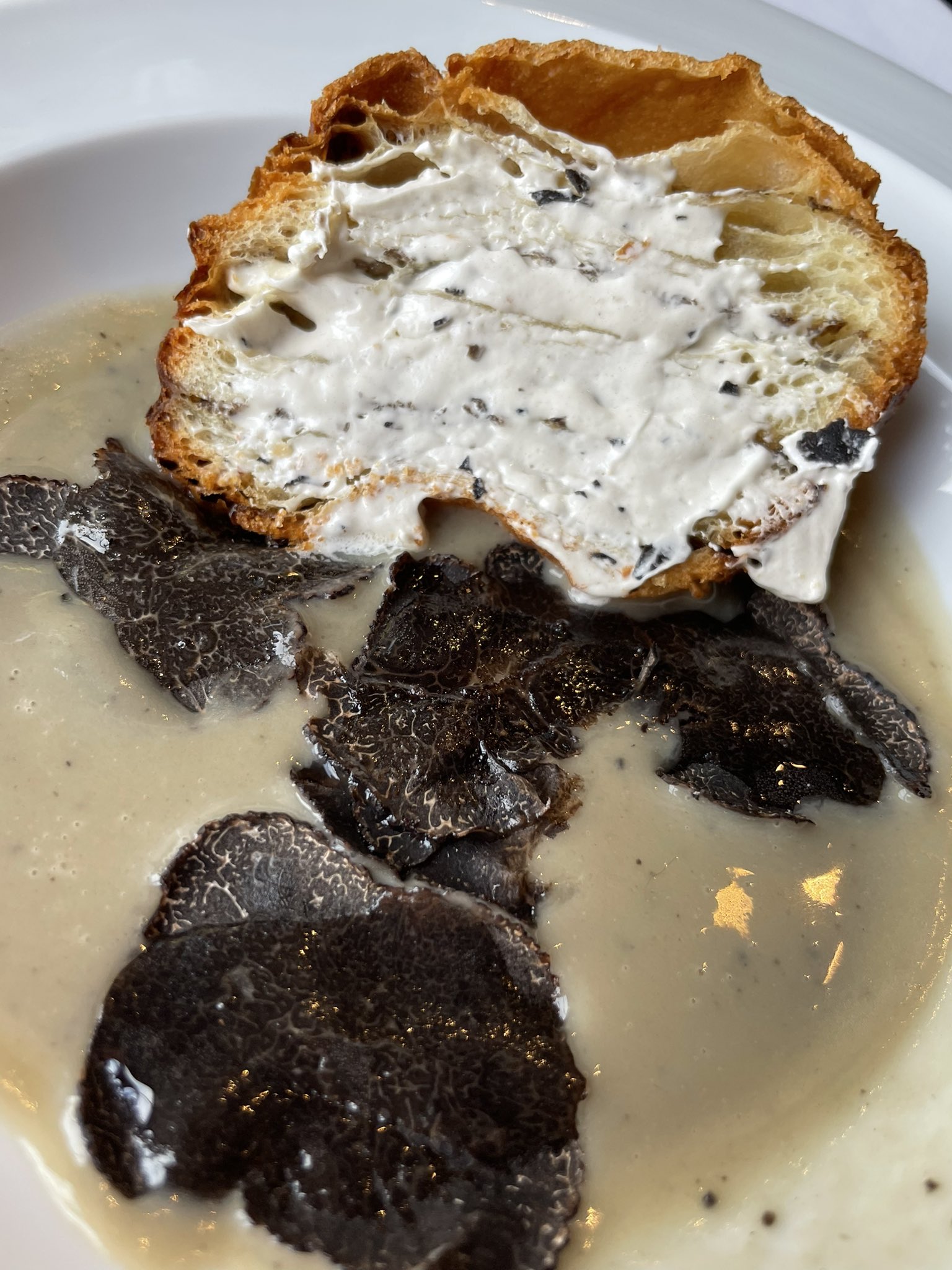 (Nobody knows the truffles I’ve seen)
(Nobody knows the truffles I’ve seen)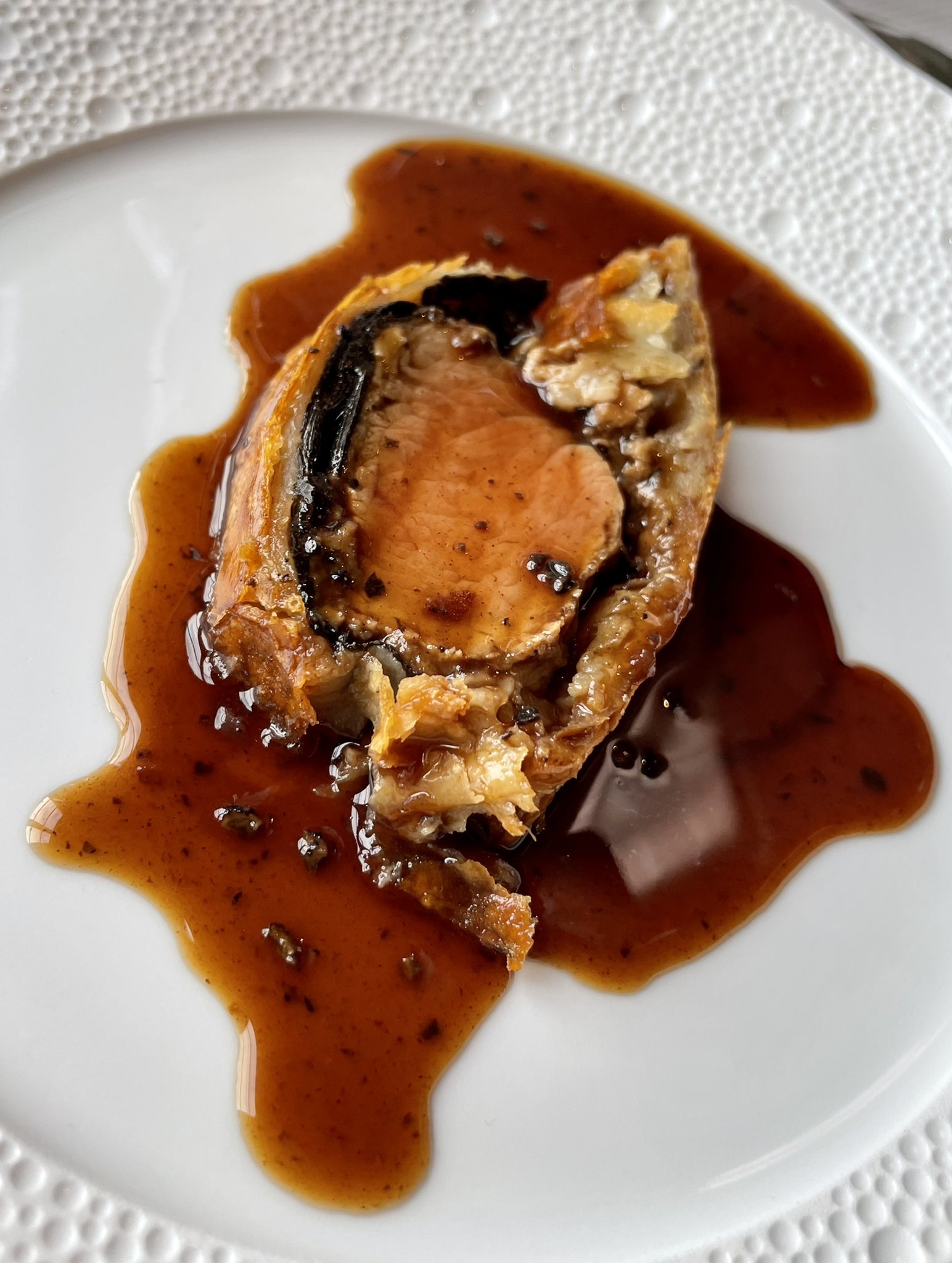 (Filet de veau et truffes cuits en croûte is French for: the most delicious meat dish in the history of the world)
(Filet de veau et truffes cuits en croûte is French for: the most delicious meat dish in the history of the world)